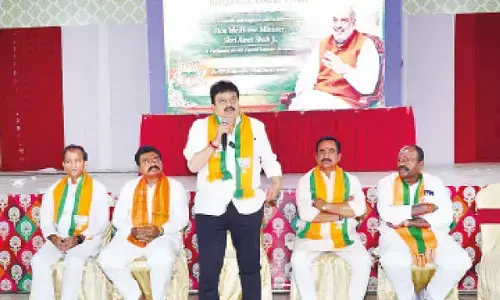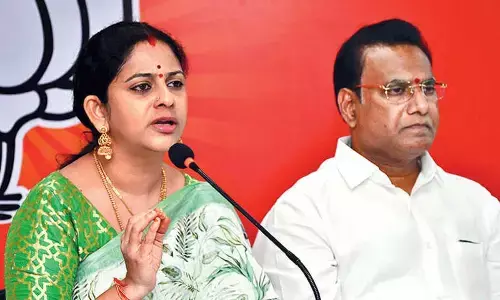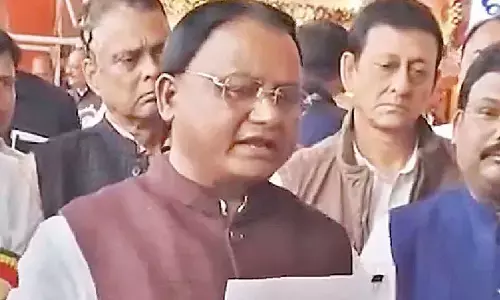Key takeaways from Kazan Summit of BRICS

The just concluded 16th BRICS summit in Russian city of Kazan from October 22 to 24 saw a significant progress on key issues facing the world today
The just concluded 16th BRICS summit in Russian city of Kazan from October 22 to 24 saw a significant progress on key issues facing the world today. The Kazan Declaration matters as BRICS bloc, comprising Brazil, Russia, India, China, South Africa and Iran, Egypt, Ethiopia, UAE and Saudi Arabia, accounts for over 42% of world’s population and almost one-third of world’s land surface. They include the eleventh-largest (Russia), fifth largest (India) and second largest (China) economies of the world. Thus, BRICS is essentially a vital pillar of world order. They are bound by a common interest in not only fostering trade and development but also to improve the economies of the emerging economies and influence global socio-economic order.
The Kazan summit took up issues such as a BRICS-led international payment system, ongoing conflict in the Middle East, Russia-Ukraine order, ethnic conflicts in African region etc. The members denounced “disruptive effect of unlawful unilateral coercive measures, including illegal sanctions”, on the world economy, agreed on financial integration by moving toward trade in local currencies, smooth cross-border payments etc.
The summit held much significance for India in that it saw thaw in its frosty ties with China. PM Modi and President Xi Jinping held their first bilateral meeting in five years after a bloody confrontation along Eastern Ladakh border in 2020. Modi bluntly insisted that any betterment in ties is incumbent upon peace and stability on the border. Whether it is due to reported prodding by either country’ close friend Putin or recognition of India’s increasing stature and strength, Xi commendably pitched for both nations – “ancient civilisations, major developing countries, and important members of the Global South – to take bilateral relations in the “right direction”.
Even as the industry in India rejoiced in the talks and called for expediting processes for normal trade ties, Finance Minister Nirmala Sitharaman cautioned that, “I cannot blindly accept FDI simply because we need investment, unmindful of where it is coming from. We want business, we want investment, but we also need some safeguards, because India is located in a neighbourhood that is very, very sensitive,” Sitharaman said.
True, India needs to stay cautious of China. It had seen how China retracted its peace position that led to the outbreak of the Sino-Indian War in 1962. China under Xi Jinping – an ultranationalist with assertive foreign-policy and security agenda – is seen as expansionist, has all-weather ties with Pak. It even tried to win over India’s neighbours to its side. Of course, under the Modi regime, in a tit-for-tat move, India moved closer to Taiwan and supported Tibetan people. It even joined Australia, Japan, and the US to ensure an international rules-based order on high seas in Asia and even beyond.
It must be noted that the breakthrough talks between Modi and Xi did not result in a joint statement. It is not clear if Indian troops will be able to patrol the border points as they did earlier. Will they get to access the points that remained out of bounds since the forward movement of the PLA troops?
In the end, India depends on China heavily for supply of a wide range of products, including sophisticated electronics and active pharmaceutical intermediates (APIs). It is Chinese APIs which helped India become ‘Pharmacy of the World.’ India should also brace for a situation when US and China relations may improve dramatically. Exodus of west’s investments from China may suddenly cease one day. There is a great imbalance between the two countries, not only in size of economies but in trade and military capacities, too. India cannot but keep on growing fast, and raise its deterrence levels.


















